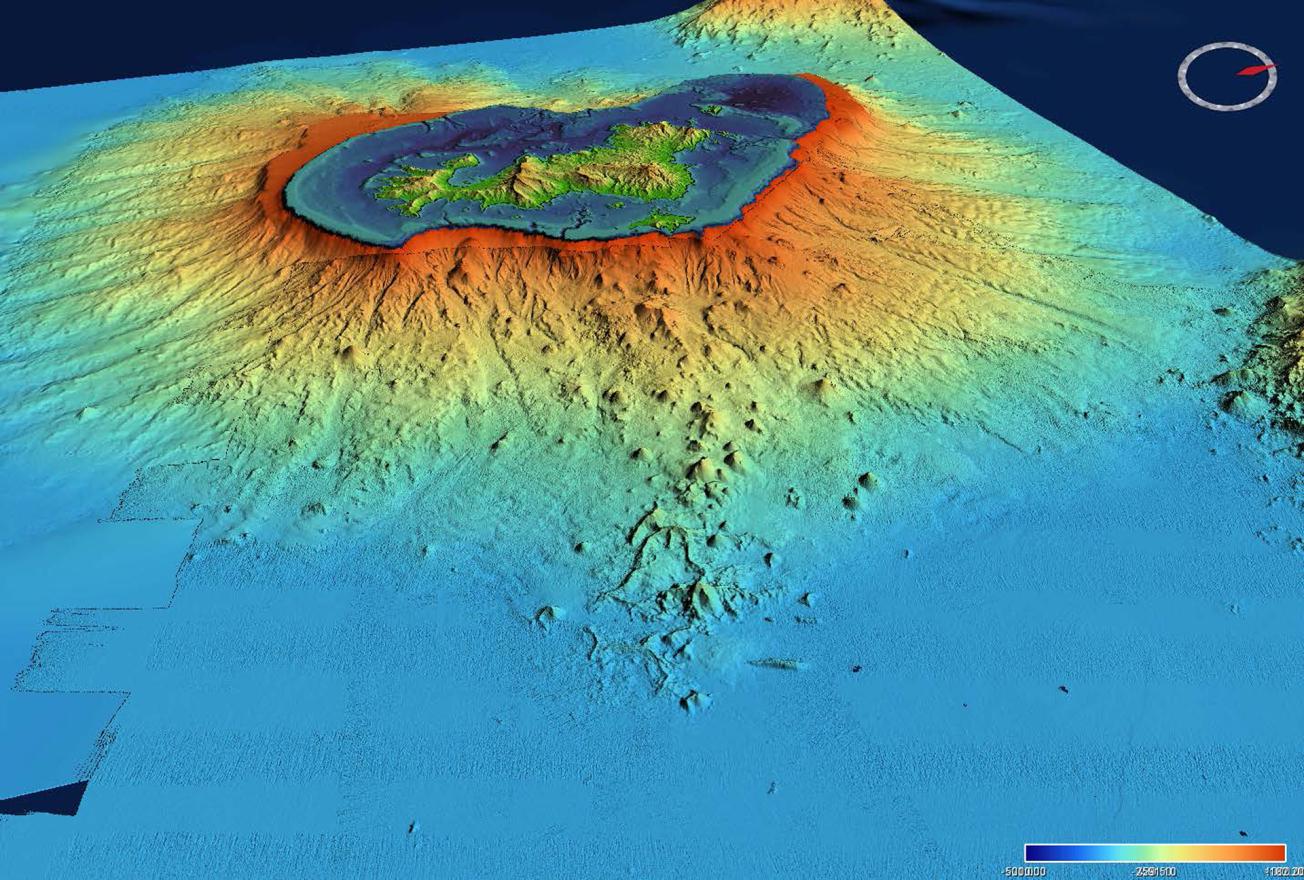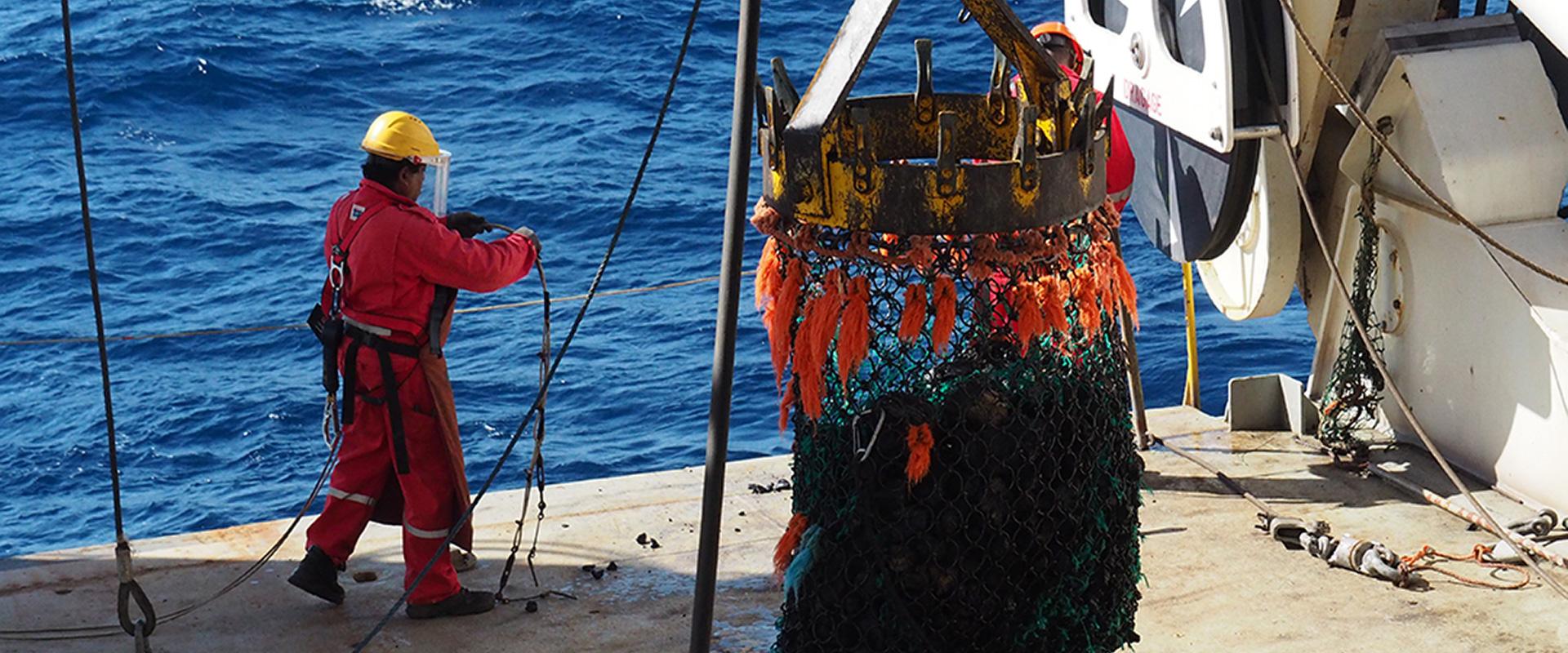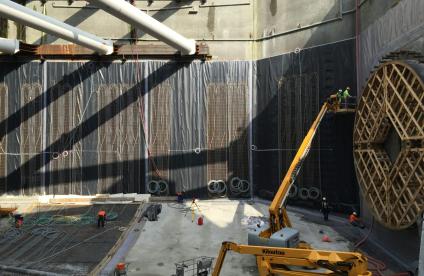
Submarine reliefs off the coast of Mayotte, recorded as part of the oceanographic missions carried out around the birth of a new underwater volcano (Mayotte, 2019).
© Campagne MAYOBS2
Since 10 May 2018, numerous earthquakes have occurred offshore from Mayotte, sometimes felt by inhabitants across the island. Accumulated observations to date suggest a phenomenon involving a combination of submarine seismic and volcanic activity.
In response to a BRGM initiative at the start of this seismo-volcanic episode, the scientific community has been seeking to understand the phenomena and how they are evolving.
Starting on 23 February 2019, several land and sea missions, coordinated by the CNRS with support from the BRGM, the Paris Institute of Planetary Physics (IPGP), the IGN, Ifremer and the Ministry for the Ecological and Inclusive Transition, will be attempting to shed light on the mechanisms at work, in order to improve estimations of potential impacts.
Broad deployment of land and sea instruments from February to the summer of 2019
During the field missions planned until the summer of 2019, several instruments will be deployed:
- six sea-bed seismometers, together with pressure sensors, from 23 to 27 February 2019. The instruments are to be deployed for 6 months ;
- high-precision seismology and GNSS stations in the municipal areas of Mtsamboro (northern Grande-Terre), Kani-Kéli (southern Grande-Terre) and Pamandzi (Petite-Terre), which will be deployed from 4 to 8 March 2019 ;
- a new geophysics station in the Glorioso Islands, with the installation of a seismic station on 13 and 14 March 2019 and a second operation for April 2019 to set up teletransmissions and a high-precision GNSS station.
An oceanographic campaign to undertake sea-bed observations and to detect and quantify any gas releases indicating a submarine volcano is now under discussion. This could be undertaken in the spring or summer of 2019.







